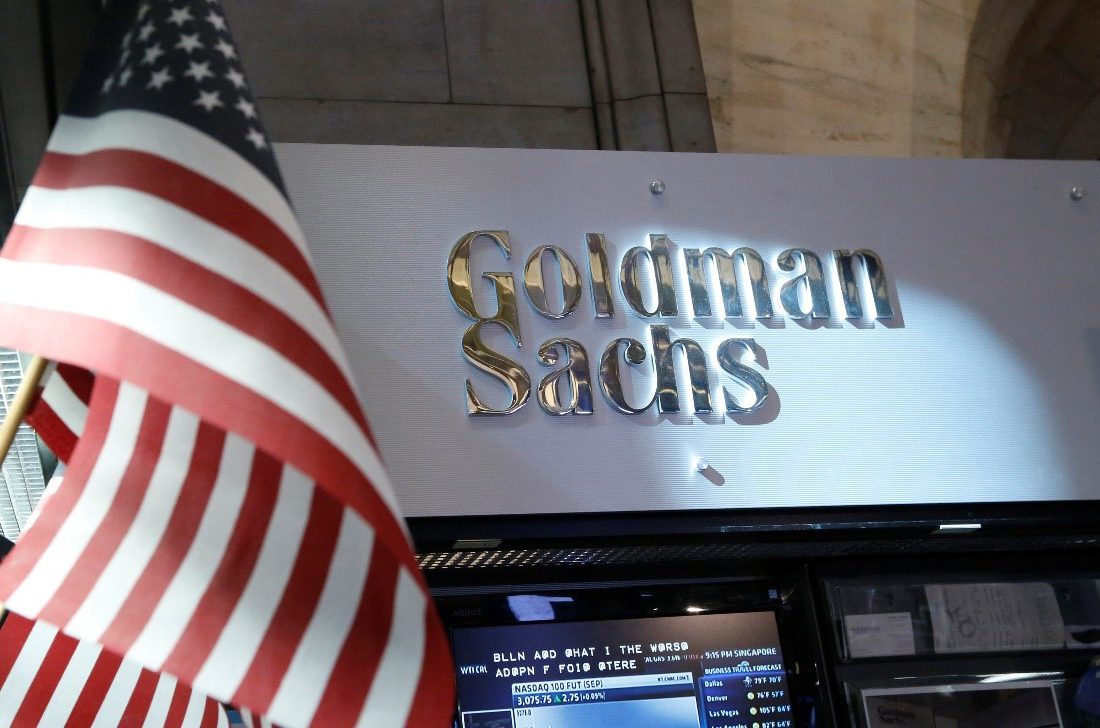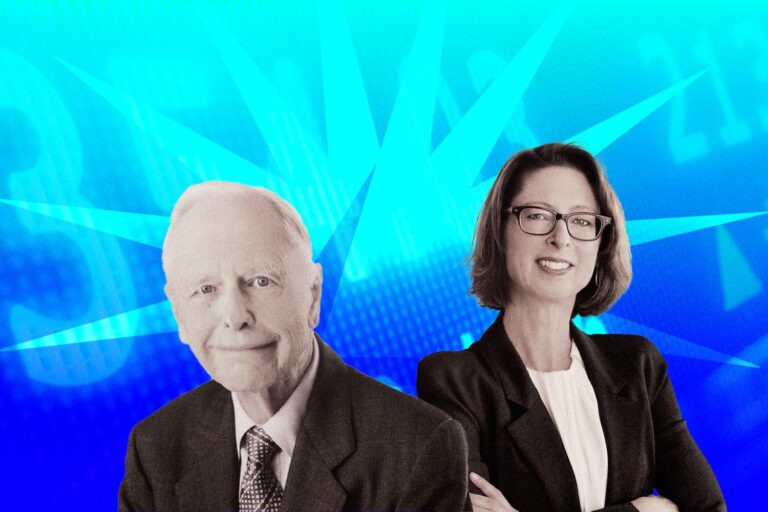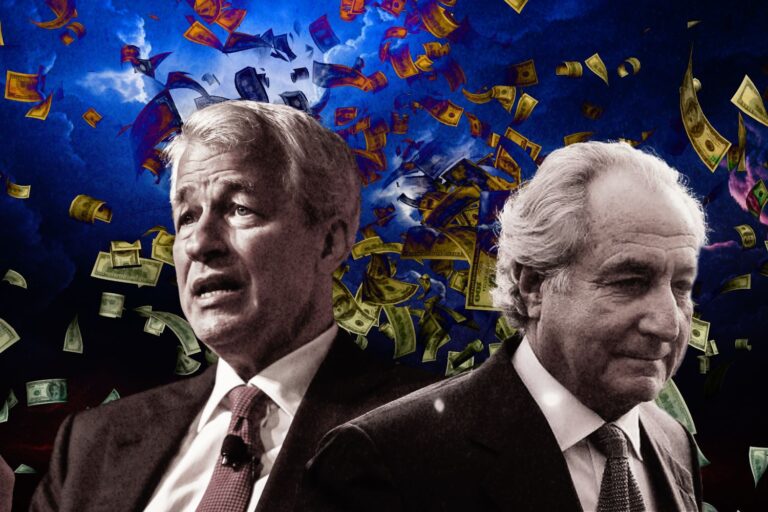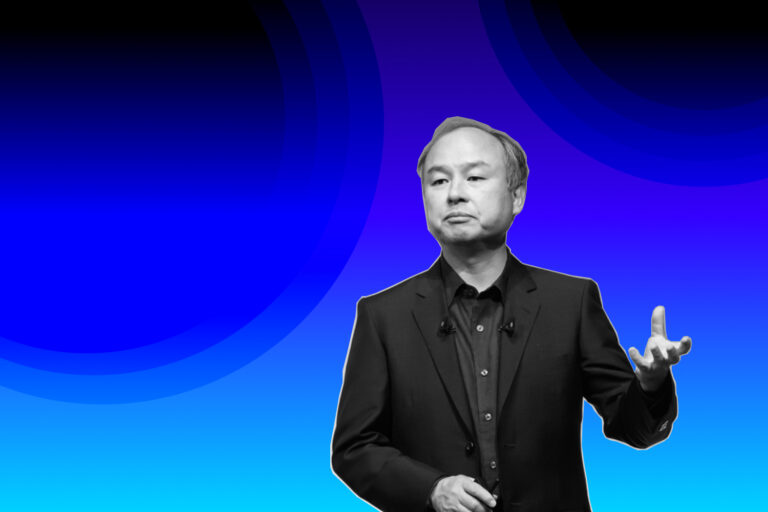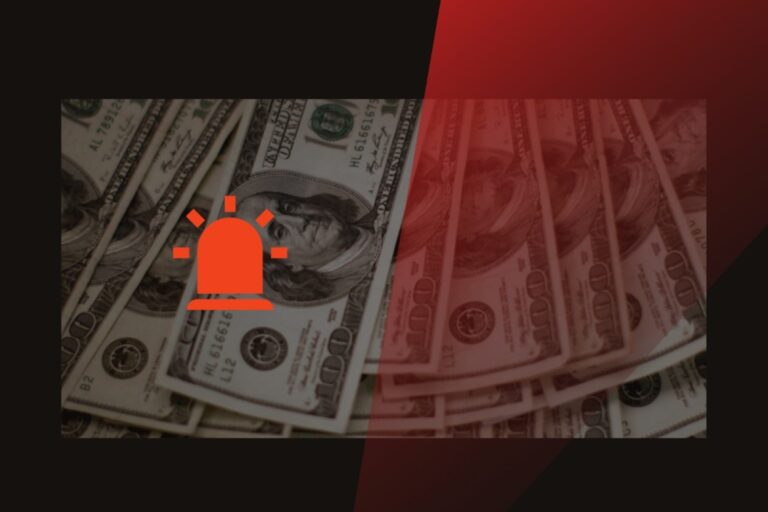How Goldman Sachs Survived after All and Dominated the U.S. Financial Sector
Goldman Sachs, one of the top investment banks in the world, is alternatively loved and envied on Wall Street. With a trillion dollars in total assets, Goldman is considered as the biggest of old investment banks. Having the chance to work at this bank means that you have the potential to become one of the most powerful people ruling the world.
During the 150-year history, Goldman Sachs has been in some controversial troubles. Some say it is inevitable for such a top bank on the planet like Goldman to escape those issues. Yet through the times with the changes and crisis, this investment bank has proven its great adaptability. They even adopt the way that commercial banks work currently and apply it to their business. But before digging deeper into their innovations, this article will point out why Goldman Sachs is unique and different from other investment banks, the one that not only survived but also thrived after the financial crisis in 2008.
History of Goldman Sachs
As you can guess, Goldman Sachs was founded by a man called Goldman, yet his full name is Marcus Goldman, an immigrant from Bavaria. Before founding Goldman Sachs in 1869, he was a peddler in Philadelphia and then changed his job to become a tailor. 20 years later, in New York City, Goldman established a shop and worked as a banker. His initial work at the bank was simply to purchase notes payable from jewelers and tanners downtown and sell them for a small profit uptown.
In 1882, his son-in-law, Sam Sachs, entered the business and the firm was eventually re-named Goldman Sachs and Company. Before, firms all functioned quite similarly to each other. They were all small private partnerships with people whose names were on the door. There was Mr. Goldman, three Lehman brothers, three Lazard Brothers, which later became the huge influences in the financial industry.
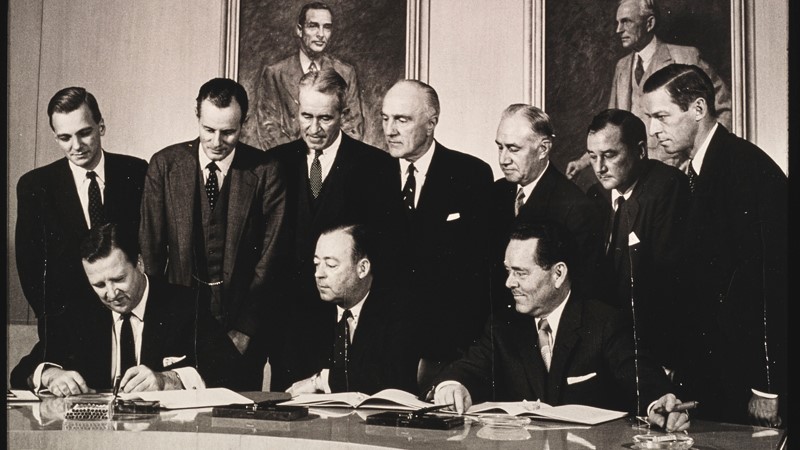
In 1885, Goldman’s son, Henry, joined the firm. He went on to re-shape the financial world decades later. After Goldman Sachs was officially a member company of the New York Stock Exchange in 1896, Henry Goldman began to lead the business. Several Jewish firms like Goldman Sachs were not allowed to do certain kinds of businesses such as underwriting of railroads which could be the huge growth engines at the beginning of the 20th century. However, they could underwrite retail businesses. That is where Henry Goldman had an edge over other investment banks.
Retail firms wanted capital to expand but they lacked the assets that industrial companies like railroads had. He came up with a revolutionary idea, which was to utilize a company’s potential earnings and its ability to generate income in the future to decide the company’s value. This became the primary key to the company’s first IPO in 1906: United Cigar.
This method gradually became a model for the next years ‘decisions, including the IPO of Sears Roebuck later that year. Goldman Sachs was in charge of the initial underwriting of more than 50 of the country’s most successful publicly owned corporations. And it was the next year in 1907 that Sidney Weinberg, the future leader of the company joined Goldman as an assistant to the janitor. Later he would be named Mr. Wall Street.
Goldman’s Deal-Making
Through the next half-century, Goldman Sachs kept on playing an important role in banking. It helped companies like B.F. Goodrich and F.W. Woolworth to expand by going public. To differentiate itself from others, Goldman Sachs focused on relationships. More specifically, Sidney Weinberg, the life-long leader of Goldman Sachs, spent years after World War Two courting Henry Ford II and helping him restructure the company that he took over from his grandfather.
The 1950s was the time for their big breakthrough when Goldman was allowed to underwrite the IPO of Ford Motor Company. Besides, Henry Ford was considered as an anti-Semitic person, thus, this underwriting was somehow believed as a transformation for Goldman. This event was a force to help Goldman to thrive later.
Goldman Sachs was also the first firm to provide both a trading operation under a guy named Gus Levy and an investment banking operation under Sidney Weinberg. In 1957, this famous bank led the IPO of Disney after a few years the company opened its theme park Disneyland in California.
However, at that time Goldman Sachs was ranked fifth or sixth place among the leading firms. Until the late 70s and early 80s, thanks to huge deals it did, Goldman began to become notable for being the gold standard in the investment banking business.
The unique culture was what differentiated Goldman from others, they committed to excellence, had very low mercy for sloppiness, and highly focused on the details. Yet this difference was fading away when the trading era got going. In 1969, Gus Levy who ran the trading business gained control of the firm as senior partner, Goldman began to take on more risk.
Going Public
In the 1970s, the investment banks started going public, which led to a shift from a partnership culture to a bonus culture on Wall Street. Yet Goldman Sachs remained a partnership during this period. In 1981, Goldman had an acquisition of a commodities trading firm, J. Aaron and Company. This had been the base to help the future leaders like Lloyd Blankfein and Gary Cohn to rise through the trading ranks.
Several leaders in the banking industry changed their focus from the investment banking sector to the trading sector. The 1980s were the heyday of the private equity on Wall Street, and Goldman still watched some of their biggest rivals to earn big dollars by going public. Bear Stearns went public in 1985, Morgan Stanley in 1986, and then Lehman Brothers in 1994.
In 1995, Goldman made some massive deals like the purchase of Rockefeller Center, but the company still decided to stay as a partnership. Still, there were several big deep debates among all the partners about if they should or should not go public. In the end, they chose to change their culture. By doing so, they could make a ton of money and get extremely rich.
1999-the time of technology boom was the milestone for Goldman Sachs when it was the last large bank in the U.S. to go public. It was the biggest IPO in history at the time and the company was able to raise $3.7 billion. This event made the partners unbelievably rich when top partners at the firm could make up to $300 million and the less senior partners could obtain around $100 million. That day was the huge payday across the firm, the day of a smashing success at Goldman Sachs.
Money and Power
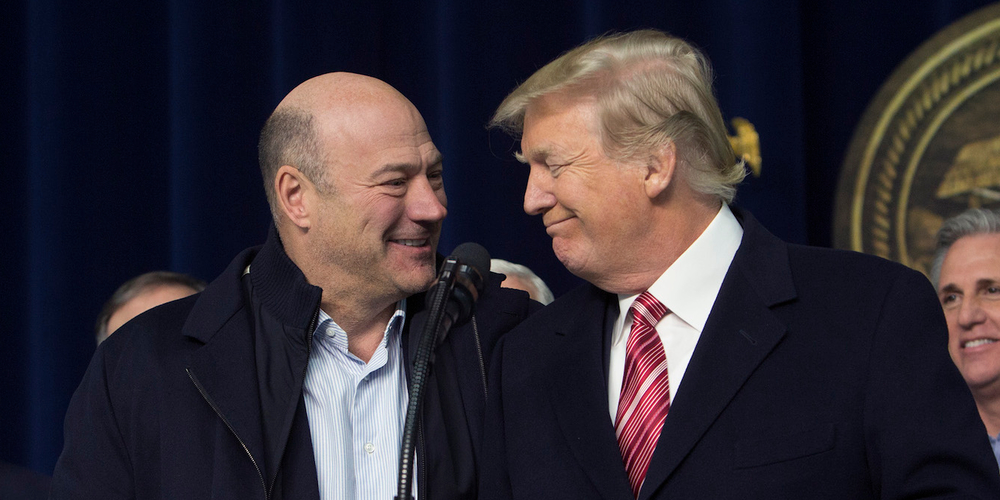
When the partners of Goldman Sachs made all huge amounts of money on Wall Street, it was time to reach power. Many of them were still young and went to Washington to seek power. Several Goldman partners were becoming a ruler when entering the politics. John Whitehead, a senior partner at Goldman, worked for Ronald Reagan. The first national economic adviser of Bill Clinton was Rob Rubin. A co-senior partner of Rubin, Steve Friedman, also became a national economic adviser. Steve Mnuchin, who is currently the treasury secretary, is a Goldman guy. It is like a part of Goldman’s DNA that has guided these people to reach political power.
These men have played such a prominent role in the banking policy over the last 25 years. While Rubin was a part of Bill Clinton’s team that de-regulated the banking sector in the 1990s, Gary Cohn was one of the architects of Donald Trump’s corporate tax cuts. Besides, Henry Paulson, who was the treasury secretary during the financial crisis of 2008, proposed the $700 million bank bail-out.
These smart people not only search for money but also political positions. They are just one to two degrees below the most important people in the world. It can be said that no Wall Street firms were able to send that many people into government and created such a huge influence as Goldman Sachs did.
After their introduction to the public, the company won almost in any areas from earnings, book value, return, stock price. From 1999 to 2003, Goldman was making about two to three billion dollars a year, yet this number jumped ten billion dollars a year by 2007.
Goldman Sachs mainly focused on three main categories: investment banking providing services to companies and governments, with this service, their operations are around issuing bonds or IPO. The second one is asset management, which advises the clients on how to invest or keep their money. And these customers are very wealthy, some could own $10 million in the bank and do not know how to effectively invest that money. And finally, trading and investments, in which bets become the main earning-money method. In 2007, this betting sector helped Goldman to make more than $13 billion, which was 75% of the company’s pre-tax profits.
Financial Crisis
Before the financial crisis came, Goldman had prepared a plan to deal with it. They knew that the trouble was coming and began to figure out in December of 2006. Thus, in the same year, they made a big proprietary against the mortgage market. And the summer of 2017 came, while Bear Stearns hedge fund collapsed, Goldman earned a large profit with $4 billion.
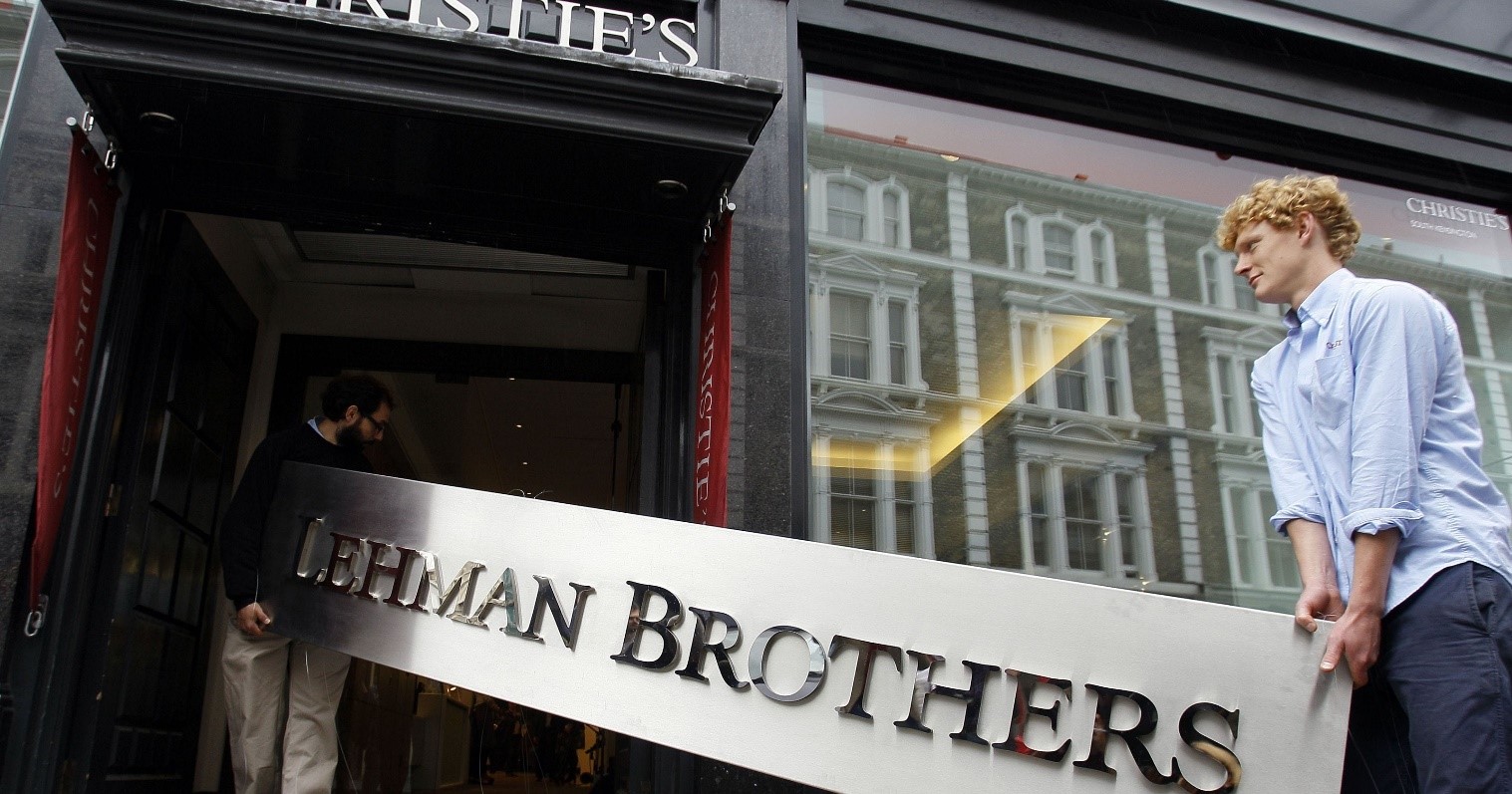
Goldman Sachs has always had pride in itself for being the best risk managers on Wall Street, and this was proved by the financial crisis. The company was so strong that it came out of the financial crisis and crushed other competitors. While the long-time competitors like Lehman Brothers, Bear Stearns went bankrupt, Goldman dominated the trading activity with more than the earning of $30 billion in 2009. This was such a shocking event and hurt other competitors at that time.
On the other hand, the company was not always successful. They faced up with some legal issues during the financial crisis. In detail, Goldman Sachs was structuring mortgage-backed securities in its investment banking unit and selling them to clients. But at the same time, the trading side of the firm was betting those deals. In another word, Goldman Sachs already acknowledged the risks in mortgage-backed securities, yet chose not to disclose this to the investors, which was considered as serious misconduct. This made the company end up paying more than $7 billion in settlements surrounding its handling of mortgage-backed securities in the run-up to the financial crisis.
Despite that issue, Goldman Sachs still found a way to make money even when it had to bear the government fines.
As a part of the settlement with the Department of Justice, Goldman agreed to pay out $1.8 billion in consumer relief. However, the company does not have a mortgage business and they could not simply let delinquent borrowers stay in their homes. Thus, what they did was to purchase pools of distressed mortgages from Fannie Mae and restructured them. They had to count that towards their fine, still, they could make money off the assets.
Perhaps, only with Goldman Sachs, people could see an illustrative example of how a business could turn a penalty into a moneymaking opportunity.
Yet the financial crisis is not the only scandal to restrain Goldman in the last decade. In 2012 and 2013 the bank arranged three bond deals in Malaysia to fund a state investment fund called 1MDB. This term 1MDB was Malaysia’s sovereign wealth fund, which aimed to raise money for the nation, energy, tourism, etc.
Then the police say the government officials, particularly minister Najib Razak used it as a personal piggy bank. And the amount of money he took was not $1 or $2, not even hundreds of millions, it was $2 billion. Additionally, the investors like Jho Low also joined in bribing the money, this guy used the fund for his spending like yachts, parties, buildings.
Finally, Goldman was charged as being a part of this scandal. Goldman was the bank that did the bond issuances for 1MDB, in other words, they helped raise the money for the fund. According to those charged, Goldman not only misled investors to where the money was going but also, they were part of the scheme that diverted more than $2 billion of what they raised. Goldman defended themselves and said those charges were misdirected.
Earlier in 2019, the CEO of Goldman, David Solomon, apologized to the Malaysian over the role of the bank’s former partner Tim Leissner and the influence of the fraud on the country. And the former employee Leissner admitted guilty in August 2018 for laundering the money and violating the Foreign Corrupt Practices Act and agreed to pay a forfeit of $43.7 million.
Changes to Adapt
Although the company had to face up with the different legal issues, Goldman still finds a way to succeed and crush its competitors on Wall Street. Yet its trading business has lagged, they were the number one with total trading revenue of more than $30 billion in 2009, and then they went to number three with around $15 billion trading revenue in 2013.
They knew that they no longer take the lead in trading. Thus, it is time for a change. The company is slowing turning itself from an investment bank into a commercial bank. It used to serve only the wealthy people, the heads of states, heads of corporates, millionaires, billionaires, yet currently, it changes the culture to serve us as well. It is believed that Goldman is going from Wall Street to Main Street, which makes sense since diversification in a non-crisis world is important.
In 2016, Goldman Sachs launched a new product called Marcus, which is a digital bank that provides personal loans and a high yield savings account. What makes Marcus out-standing is its higher savings rate, the depositors of Goldman are paid with higher interest rates compared to those of JPMorgan Chase. And Marcus has reached approximately $100 billion digital deposits since its launching year.
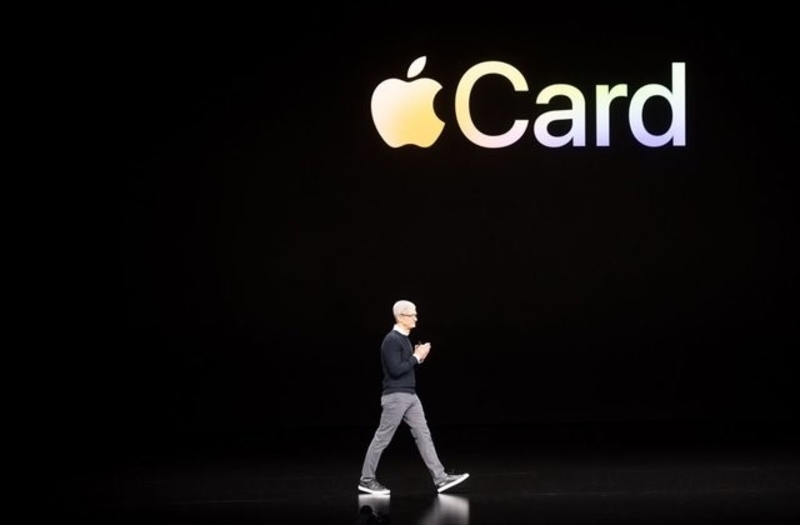
Goldman Sachs also collaborated with Apple to release Apple card in August 2019. The purpose is to deliver greater control, transparency, privacy, which could help the customers to take better control of their financial lives. And they are doing these changing with a younger workforce. Almost 70% of Goldman Sachs employees are under the age of 35, which means that most of them are the young millennials. These young folks with a more relaxing dress code under control of a CEO, who is also a part-time DJ, are together innovating this bank. In the end, no matter what happens and how history could change, there is no doubt that Goldman Sachs will still figure out a way to adapt, make money, and dominate.

